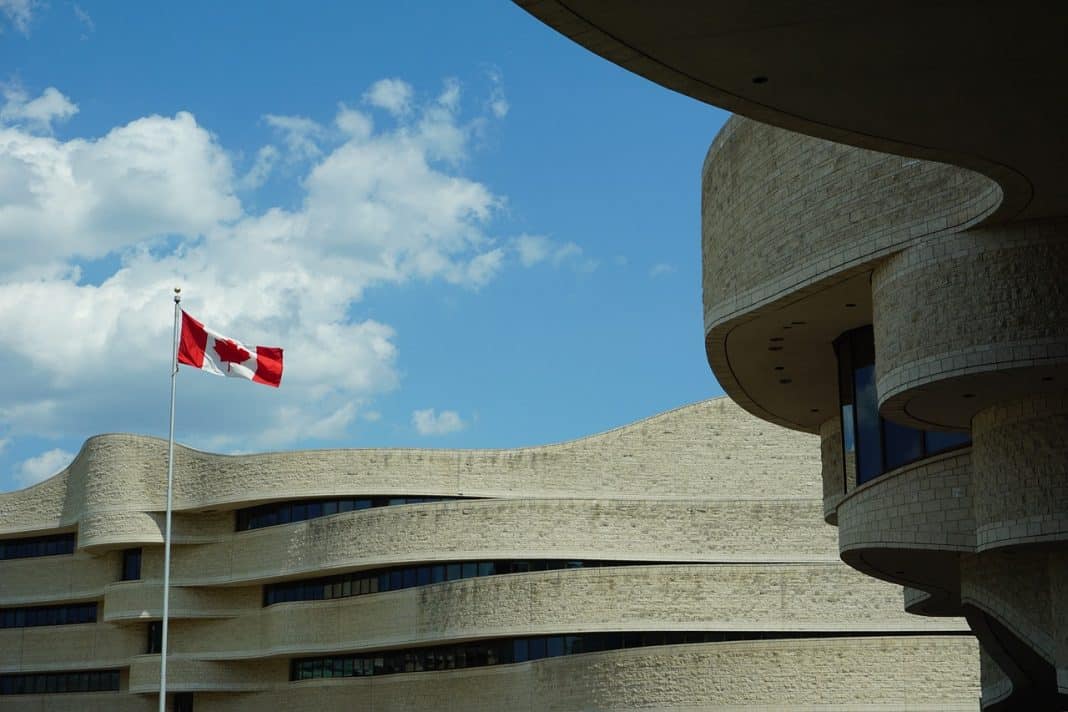Canada’s Prime Minister, Justin Trudeau, recently announced the rollout of the carbon rebate, now known as the Canada Carbon Rebate. This rebate is designed to offset the expenses Canadians incur from carbon pricing when purchasing gasoline and is distributed quarterly on the 15th of each month, starting from April.
The Canada Carbon Rebate Program
The Canada Carbon Rebate (CCR), formerly known as the Climate Action Incentive Payment (CAIP), is a tax-free amount designed to help eligible individuals and families offset the cost of federal carbon price. It includes a basic amount and a supplement for residents of small and rural communities.
The amount Canadians receive from the carbon rebate varies depending on their province of residence and household size. Each year, the rebate is determined based on the anticipated revenue collected by the federal government from carbon pricing in each province.
For instance, a single taxpaying adult in New Brunswick can expect to receive approximately $95 in each quarterly payment. In contrast, a family of four in Alberta is likely to receive $450 per deposit.
Provinces where fossil fuels contribute more to electricity generation receive higher rebates due to the higher carbon pricing costs borne by consumers. Starting from the last payment of the year, a 10% increase in the rural supplement acknowledges the greater energy needs of rural residents and their limited access to cleaner transportation options.
This initiative is a cornerstone of Canada’s strategy to reduce emissions and build a sustainable future, as emphasized by Steven Guilbeault, Minister of Environment and Climate Change. He highlights that pricing pollution is an effective method to cut emissions while ensuring all revenues are returned to Canadians.
The Canada Carbon Rebate aims to provide households with extra income every three months, supporting essential expenses such as groceries and rent.
- Canadians can use an online estimator tool to gauge their potential rebate, ensuring transparency and clarity in the process.
Here are the key details to keep in mind:
Distribution and Eligibility:
The Canada Carbon Rebate returns 90% of the revenue collected from the carbon levy to households in eight provinces where it is applicable. Provinces like British Columbia and Quebec, with their own carbon pricing systems, do not receive federal rebates.
Installments and Amount:
The rebate is distributed in four instalments annually, tailored to household size and province of residence. Families of four can expect to receive between $190 and $450 in this instalment.
Factors Affecting Rebates:
Provinces where fossil fuels contribute more to electricity generation receive higher rebates, reflecting higher carbon pricing costs borne by consumers in those regions.
The announcement also marks the deadline for small businesses to file tax returns to qualify for the new automatic refundable tax credit aimed at offsetting carbon pricing costs. This initiative replaces a previous grant system that saw limited success, returning only $35 million of an owed $2.5 billion from April 2019 to March 2024.
There have been challenges with bank deposits failing to clearly identify the rebates as intended by the government. This causes confusion among recipients. Recent legislative changes now mandate banks to use the label “CdaCarbonRebate” for these deposits, aiming to enhance clarity and transparency for recipients.
These developments underscore Ottawa’s ongoing efforts to manage carbon pricing impacts on both households and small businesses. Overall, it reflects broader strategies to address climate change while supporting economic resilience.

